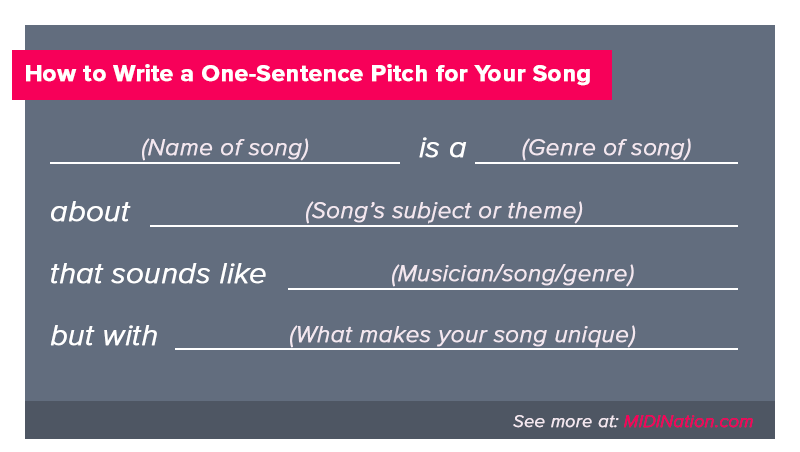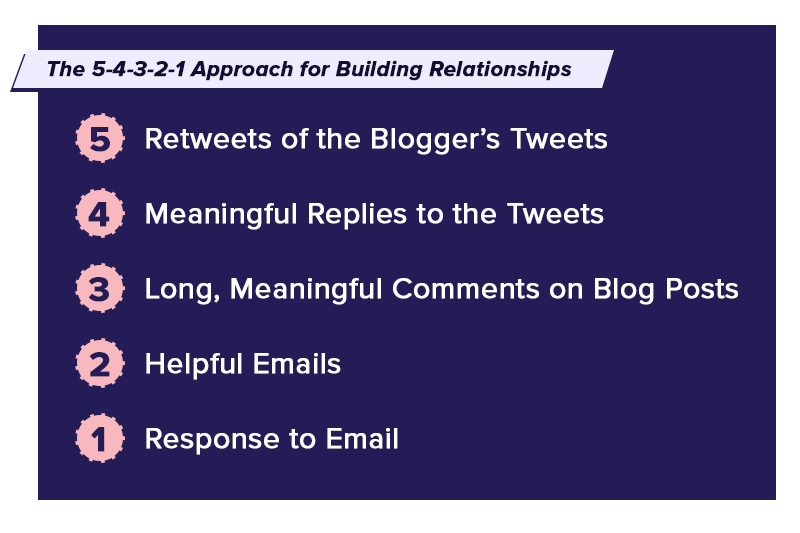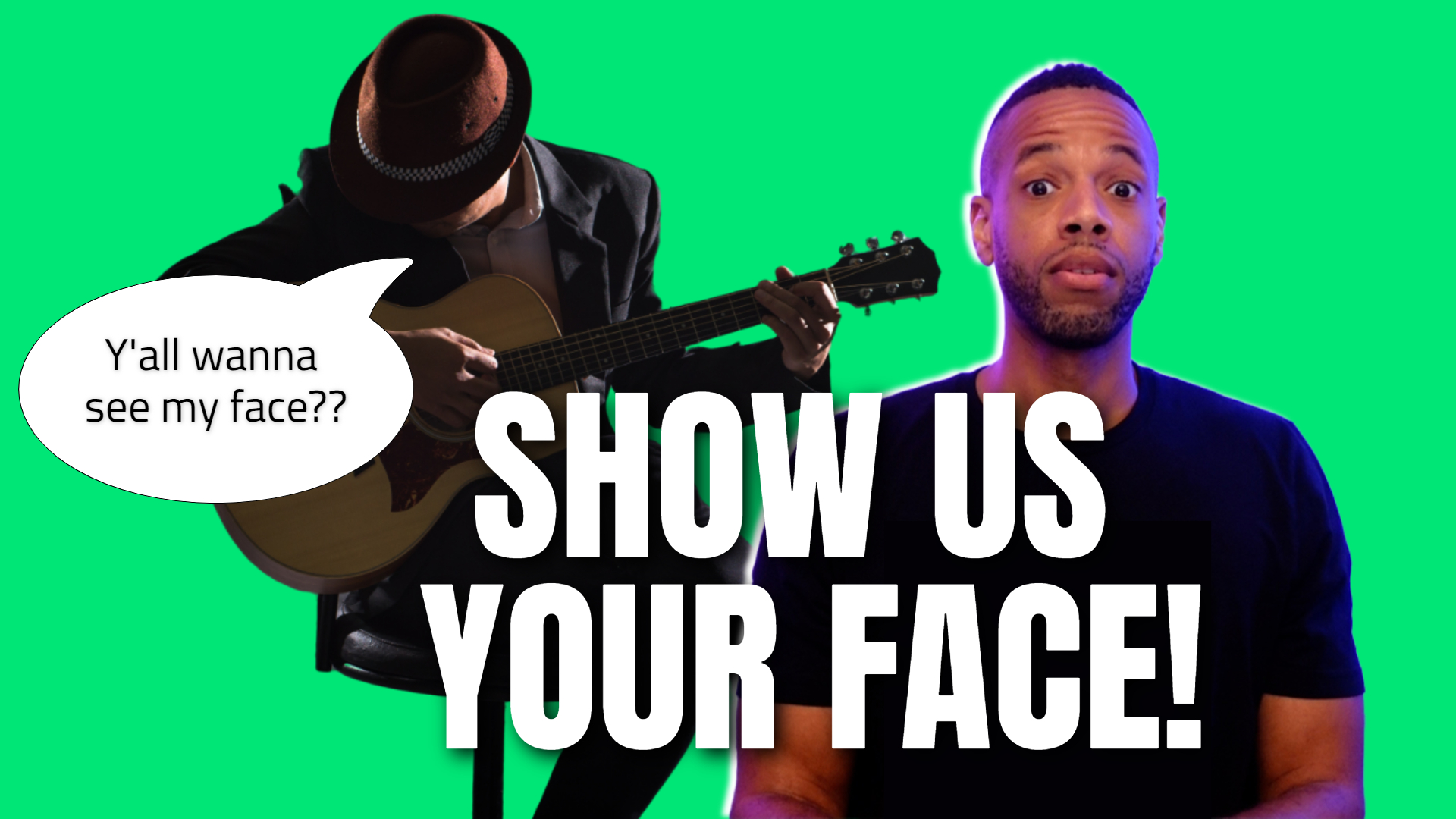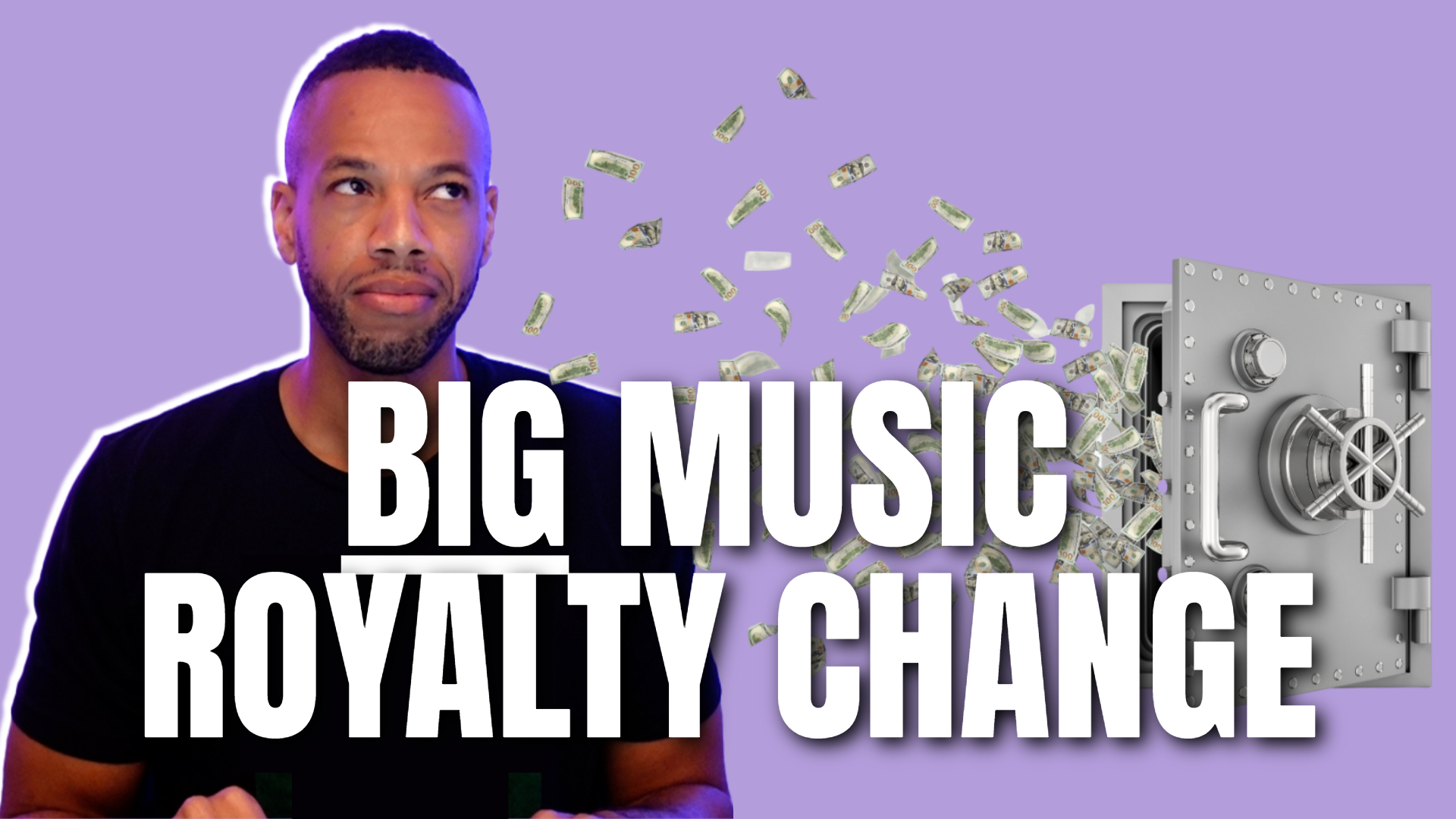5 Tips To Submitting Your Music To Bloggers

*This article may contain links to affiliate products & services. We have reviewed these services to try and ensure the highest quality recommendations*
When you’re starting out, one of your biggest challenges as a musician is getting heard.
It doesn’t even matter how good (or bad) you are; bloggers, influencers and tastemakers are just too inundated with requests to give you a listen.
You can’t just throw in your song as an attachment and start shooting emails.
To get your music heard, you have to approach promotion a bit more strategically. Below, we’ll share 5 crucial tips for getting your music heard:
Don't Feel Like Reading? Watch The Video!
1. Create A One Sentence Pitch For Your Music
This is a trick I picked up from a Silicon Valley entrepreneur/musician:
“Think of your song as a startup product. Create a one-sentence pitch for it, as if you were describing it to a potential investor.”
A common practice among tech entrepreneurs is to describe their products in a one sentence “elevator pitch” (though technically elevator pitches are about 30-seconds long).
For example, here’s how Uber’s founder Travis Kalanick described the company in its early stages:
“You push a button and in five minutes a Mercedes picks you up and takes you where you want to go.”
There is no talk of “two-sided driver-passenger marketplace” or “taxi-aggregation” or any other fancy jargon. It’s a simple description of what the product does.
This tells potential investors and users the gist of the product without having to deal with unnecessary buzzwords.
Once you dig deeper, you’ll realize that pitching your music isn’t any different.
Just like a startup founder, you’re also trying to pitch a “product” (your music) to an end-user (a listener or a blogger).
Distilling the essence of your music into a single sentence will tell these “end-users” exactly what your music is about, what it sounds like, and whether it will appeal to them or not.

How To Create Your One-sentence Music Pitch
Among startup founders, a common way to create a one-sentence pitch is through a “Mad Libs” approach.
Here’s a template popularized by the Founder’s Institute:
This template works because it:
- Identifies the name of the product (or company)
- Identifies its core value proposition
- Identifies its core target audience
With some modifications, you can use a similar mad libs approach for crafting your one-sentence song pitch.
Here’s a template you can use:
[Name of Song], is a [Genre] song about [Song’s Subject or Theme] that sounds like [Musician/Song/Genre] but with [What Makes Your Unique].
Here’s the template in an image format for easier sharing/saving.
The reason why this template works is because:
- It gives the reader the basic information about the song: its name and genre.
- It tells the reader about the song’s subject, theme or backstory in a few short words.
- It gives the reader an anchor to compare the song to.
- It shares insight on your song’s unique feature.
For example, here’s how you would use this template to describe Drake’s Hotline Bling:
Hotline Bling is a contemporary R&B song about a jealous man worrying about his girlfriend that sounds like a R&B and hip-hop fusion but with influences from trap and retro R&B.
Try doing this for a few of your favorite tracks.
It sounds easy, but it isn’t.
Do this for all your tracks and you’ll find it much easier to create a compelling pitch.
2. Align Your Pitches To The Blog’s Audience
Take this from a blogger: there’s nothing we hate more than wasting our time on a song that doesn’t fit our audience.
Sure, your death metal track might be great, and I might even recommend it to friends, but if I’m running a blog about EDM, I can’t possibly share it with readers.
So basic rule when pitching: make sure that your track fits the blog’s audience.
Most blogs will make it very clear what kind of tracks they like to share on their ‘About’ section. Spend a couple of minutes reading this page to figure out their target genre.
For example, this blog tells you exactly what genre it covers on its about page:
In case the blog hasn’t made it clear what genres it covers (i.e. it is a multi-genre blog), assume that the blog will cover most alternative and mainstream genres outside of extreme genres (like death metal).
If that doesn’t work (or if the about page isn’t clear), just spend some time listening to the blog’s recently shared tracks.
This will give you the best-possible indicator of what music it likes to share.
3. Develop A Relationship With Bloggers Using The “5-4-3-2-1 Approach”
When you first email a blogger, you’re a completely unknown quantity to them. You’re not a real person making incredible music; you’re just another email address in their inbox.
One of your biggest challenges, therefore, is to stand out.
And the easiest way to do that is to build a relationship with the blogger in question.
Think of it this way: if you were a busy person with 200 new emails in your inbox every day, who would you rather respond to first - ‘Random Musician #36’ or “Joe Musician who keeps sharing incredible insight on social media”?
The latter, of course.
The trouble is: building relationships with bloggers is hard. There are just too many musicians jousting for their attention.
Back in my marketing days, we had the same problem when we were trying to get shares from leading influencers.
To get their attention, we developed what I call a “5-4-3-2-1” framework. This framework works for most small to medium-sized blogs.
Here’s how it works:
- Retweet 5 tweets by the concerned blogger on Twitter.
- Leave 4 meaningful comments on tweets or social media posts by the blogger
- Add 3 long and insightful comments on the blogger’s recent blog posts.
- Send 2 helpful emails to the blogger with the goal of getting at least 1 response.
I know this sounds like a lot of hard work, but by the time you send your last email to the blogger, your name would be pretty familiar to them.
After all, you’ve interacted with them more than a dozen times already.
In case you’re wondering what kind of messages to send in emails, here are a few suggestions:
- Answer a question they recently asked on social media.
- Share content they might find interesting. Make sure this isn’t anything obvious or mainstream.
- Introduce them to a connection who might help them (such as another blogger).
- Create some unique content based on one of their posts, then share it with them (such as a free cover image for their best-performing blog post).
The point is: you’re trying to get noticed in the inbox. And you’re trying to do that by giving them value in some form.
This is the foundation of a relationship: give them value to get value in return.
Since all of this is a lot of work, I suggest building relationships only with the highest-value blogs on your list. For the rest, you can, at most, leave a few comments on their blogs/social media and shoot off a pitch.

4. Have A “Brand” Image
This is a tough one - on the one hand, you don’t want to come across as too polished (you are an aspiring and struggling musician, after all).
At the same time, you don’t want to be some amateur with half-baked ideas - bloggers want to listen to good music.
The solution is to have a few core brand elements when you’re pitching. This includes:
- Album artwork
- An identifiable “image”
- A serious email address (“[email protected]”, not “[email protected]”)
- A website to learn more about you and your music
Of these, the most important for me is your image.
Think of how different musicians present themselves in their pictures.
Like how all punk bands look like, well, punks.
Which is to say: your band’s image should evoke the genre you’re playing and the kind of music outlets you want to get published in.
If you’re a metal band, no one will take you seriously if you present yourself like this:
You don’t have to follow all the genre conventions, of course (otherwise we’d have never had a pink polo wearing Kanye rapping). But there should be at least a bit of alignment between your target genre and band image.
It’s also a good idea to have a website on your own domain. Website builders are effectively free and domains cost just $10/year, so you have no excuses not to.
(I’ll have an article on building your own band website at a later date).
5. Keep Your Pitches Short And Simple
It pains me to see submission pitches that drone on and on about the music.
Even worse is when musicians beg and plead for spots. Or apologize for the quality of the demo.
No one has time to read through 500-word pitches filled with apologies and run-on sentences.
The best approach is to keep it short and simple. Focus on the best parts of your music and give the reader the highlights only.
Here’s a template that works well:
Hi [Blogger’s Name],
Big fan of your blog. Your review of [song/album/tour] was one of my favorite bits of writing this year. [Personalize this line as you see fit]
I wanted to submit a song for your [blog section].
[One-sentence pitch - see above]
You can see the song on my Soundcloud: [link]
I wrote this song because [story]
You’ll enjoy it if you like [song your music is most similar to]
I’d love to hear your thoughts. You can find more about me on my website link below.
Warmest wishes,
Your Name
[Your website link]
P.S.: You can grab a copy of the artwork for this song here [artwork link]
This template keeps things simple. It is personalized; it references the blogger’s first name and includes a line about the blog (customize this as you see fit).
Besides this, it also includes:
- A one-sentence pitch.
- The story behind the song or your music in general - in a single sentence.
- A comparison to an existing artist or song. This can help bloggers decide if they’ll like your music. (Although this isn’t necessary since you’ve already included a comparison in the one-sentence pitch).
- Links to your website in the signature.
- A ‘P.S.’ section with a link to the artwork. This is actually one of the most-read parts of any email.
I’ll do a more detailed breakdown of a successful pitch in a future article. I’ll also include guidelines on finding email addresses, using a compelling opening hook and closing warmly.
Watch this space for more.
Besides these, follow the obvious tips: observe the submission guidelines, personalize your emails, and be polite. Follow-up once (and only once).
And most importantly: keep on making great music, and keep on trying.
When your song is ready to go, it's time to start promoting it to potential fans! Omari has the best organic promotion services money can buy. With packages for Spotify, TikTok, Instagram, and YouTube, we will get your music the traffic and attention it deserves! Click below for more information.
SPEAK YOUR MIND
How This INDIE Artist Got Over 67,598,275 Streams On ONE Song
Join the No-Nonsense Music Marketing Newsletter to get the most valuable weekly case studies and strategies to grow your music business!




